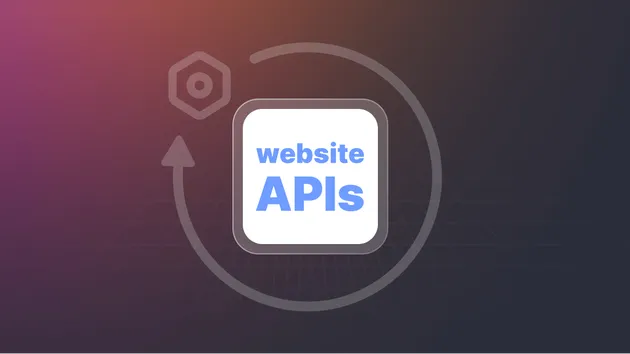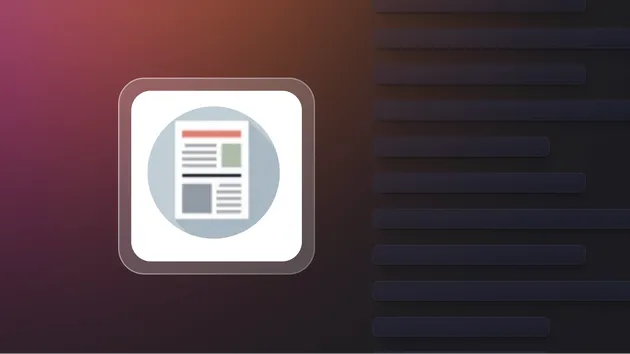Sitemap To Request Queue
Pricing
Pay per usage
Go to Apify Store
Pricing
Pay per usage
Rating
0.0
(0)
Developer

Paulo Cesar
Maintained by Community
Actor stats
0
Bookmarked
114
Total users
0
Monthly active users
3 years ago
Last modified
Categories
Share



